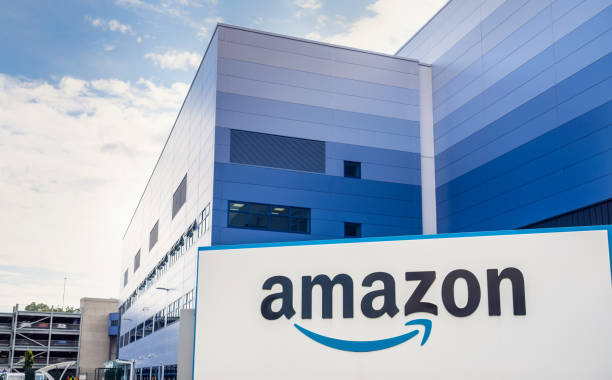The Amazon Effect: Revolutionizing the Supply Chain Landscape
Amazon’s meteoric rise has fundamentally reshaped the e-commerce landscape, and its impact extends far beyond the realm of online shopping. You can read the Kevin David Reviews for more information. One of the most significant transformations lies in the realm of supply chains. Here, we delve into how Amazon has revolutionized the way goods move from production to consumption.
Efficiency at the Forefront:
- Automation and Robotics: Amazon heavily invests in automation and robotics within its vast network of warehouses. Robots handle tasks like picking and packing, significantly increasing speed and accuracy while reducing human error. This automation translates to faster order fulfillment and quicker delivery times for customers.
- Data-Driven Optimization: Amazon leverages real-time data to optimize its supply chain. Inventory management becomes more precise, minimizing stockouts and overstocking. Predictive analytics enable the company to anticipate demand fluctuations and adjust logistics accordingly.
- Warehouse Network Optimization: Amazon strategically positions its warehouses closer to population centers. This reduces transportation distances, leading to faster deliveries and lower costs. The company also utilizes different warehouse sizes and types depending on product category and demand, further streamlining operations.
A Domino Effect of Change:
- Industry Standards Elevated: Amazon’s focus on efficiency has set a new standard for the entire supply chain industry. Other companies are now pressured to invest in automation, data analytics, and warehouse optimization to remain competitive. This has led to a ripple effect of improvements across the board.
- Increased Collaboration: The rise of e-commerce has fostered greater collaboration between retailers, logistics providers, and manufacturers. Real-time data sharing and coordinated planning are crucial for ensuring smooth product movement and on-time deliveries.
- The Rise of Third-Party Logistics (3PL): Amazon’s marketplace model has fueled the growth of 3PL providers. These companies offer warehousing, fulfillment, and transportation services to businesses of all sizes, enabling them to compete effectively in the e-commerce space.
Challenges and Considerations:
- The Human Cost: Automation within warehouses can lead to job losses. While new jobs are created in areas like data analytics and robotics maintenance, the impact on blue-collar jobs needs to be addressed through retraining programs and social safety nets.
- Environmental Impact: The rapid growth of e-commerce and the associated increase in deliveries have environmental consequences. Optimizing packaging materials, utilizing sustainable transportation options, and investing in renewable energy sources are crucial steps toward mitigating this impact.
- The Future of Brick-and- Mortar Stores: The rise of e-commerce and efficient delivery has undoubtedly impacted brick-and-mortar stores. However, physical stores can adapt by offering unique in-person experiences and focusing on building a sense of community.
Conclusion
Amazon’s impact on supply chains is undeniable. The company’s focus on automation, data-driven optimization, and strategic warehouse placement has set a new standard for efficiency. This has triggered a domino effect across the industry, leading to advancements in logistics and faster delivery times for consumers. However, it’s crucial to address the human cost of automation, minimize the environmental impact, and find a balance between e-commerce and the future of physical stores. As the e-commerce landscape continues to evolve, Amazon’s influence on the supply chain will undoubtedly remain a prominent force shaping the way goods reach our doorsteps.
